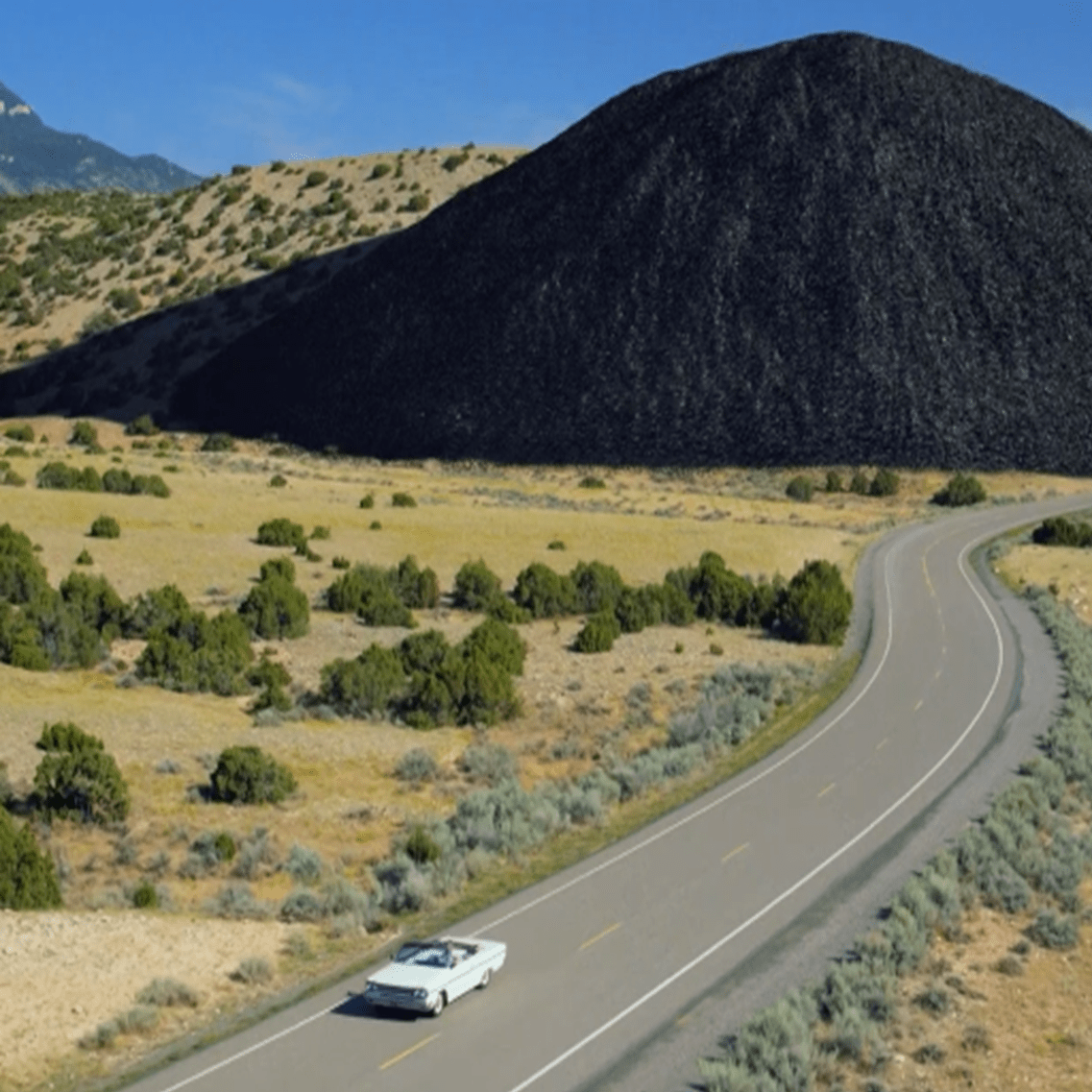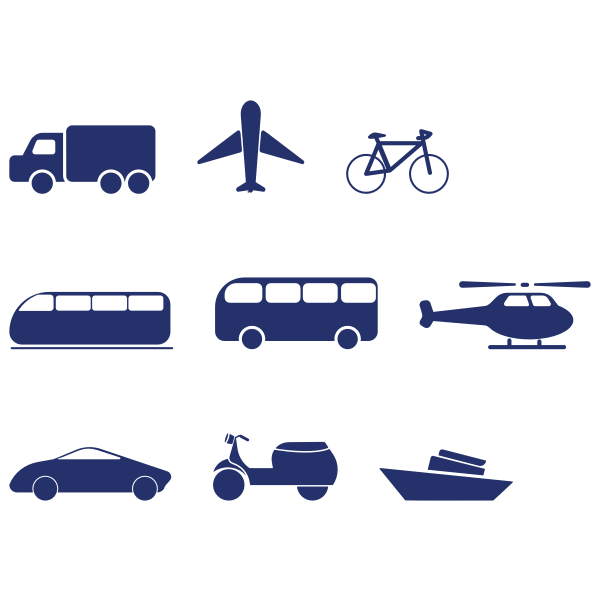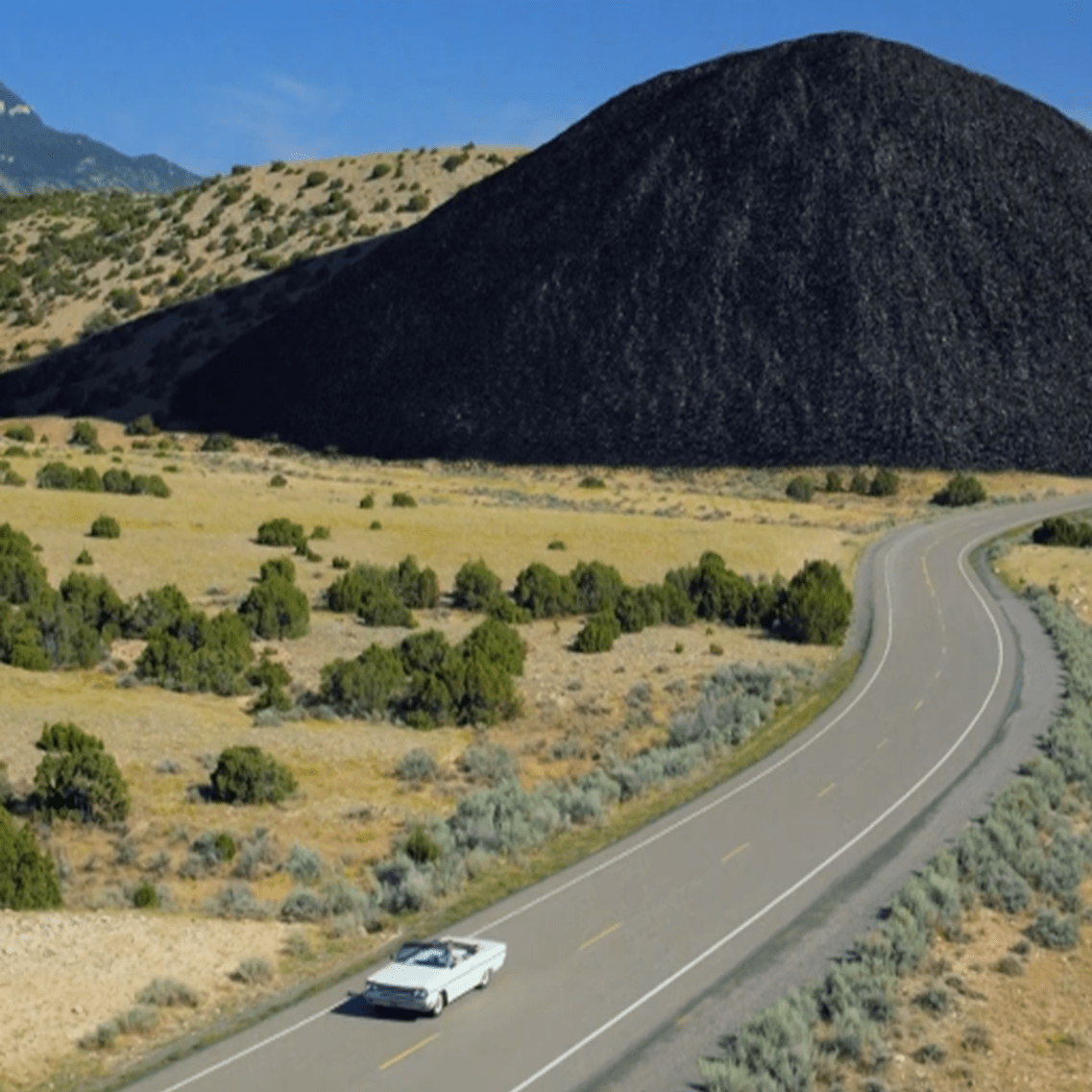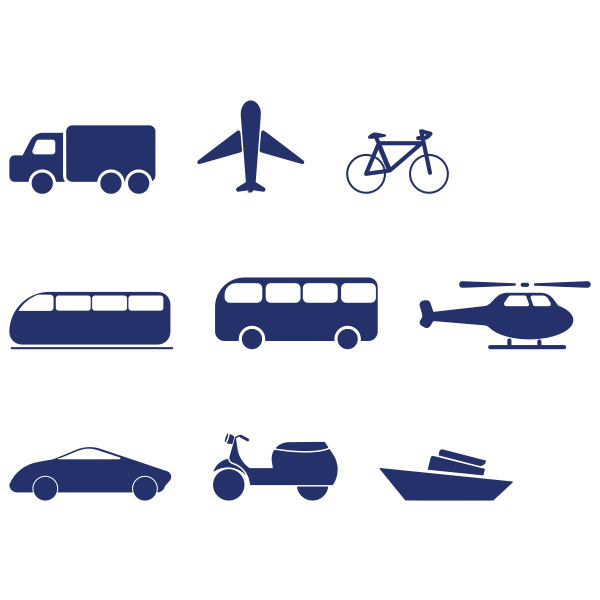Revolutionizing the way our roadways and power grid integrate is at the heart of the ASPIRE Engineering Research Center.
The aim of ASPIRE is to create a transportation network that wirelessly charges all sizes of electric vehicles (EVs) through innovative grid-connected pavements.
The benefits of ASPIRE include reducing emissions, improving air quality, and increasing access to EVs and fast charging infrastructure for all.
Classroom-Ready ASPIRE K-12 Curricula
- K-5 lesson-activity pairs explore connections between air quality, climate & transportation
- Middle school activities investigate electrical energy and magnetism concepts related to ASPIRE research
- High school project-based modules integrate engineering design, air quality & climate, and environmental resiliency themes through a transportation lens
What is ASPIRE?
ASPIRE is a National Science Foundation funded project to transform our transportation and grid systems.
ASPIRE’s vision is to eliminate range and charging as barriers to electric vehicle use. Solutions include wireless and plug-in charging system that are integrated into roadways, parking, and the grid.
ASPIRE is preparing the workforce and communities of the future to understand, operate within, and design for resilient electric infrastructure.
Explore ASPIRE Engineering Curricula:
K-2 Resources
Air Quality and Transportation:
- Cars and Air Quality ConnectionsCars and Air Quality Connections
This lesson introduces students to the concepts of air pollution from transportation and related health effects, plus vehicle solutions to help reduce air pollution and improve air quality.
- Air Quality and Particulate MatterAir Quality and Particulate Matter
This activity introduces students to the relationship between air quality and wind. Students work together to learn about the color-coded Air Quality Index (AQI) chart that describes levels of air pollution for a primary transportation-sourced air pollutant—particulate matter (PM)— and what to do du...
Climate Change and Transportation:
- Climate Change and Cars (K-2)Climate Change and Cars (K-2)

Students learn about climate change and what affects it. Students learn a basic understanding of the greenhouse effect, the carbon cycle, global warming, and how transportation can contribute to global warming. Students work together to understand how various forms of transportation have costs and b...
- Carbon Emissions: Carl’s Carbon!Carbon Emissions: Carl’s Carbon!

This activity introduces students to the concepts of climate change and what affects it. Students work together to understand how various forms of transportation have costs and benefits, and which modes of transportation are better for the environment.
3-5 Resources
Air Quality and Transportation:
- Internal Combustion Engine, Electric Vehicles & Air Quality ConnectionsInternal Combustion Engine, Electric Vehicles & Air Quality Connections
This lesson introduces students to the concepts of air pollution from transportation and related health effects, plus vehicle solutions to help reduce air pollution and improve air quality.
- Air Quality and Weather ConnectionsAir Quality and Weather Connections
Students will explore the pattern between air pollution levels and weather conditions in this activity. Students work together to learn about the color-coded Air Quality Index (AQI) chart that describes levels of air pollution for two main transportation-sourced air pollutants—particulate matter (PM...
Climate Change and Transportation:
- Climate Change and Cars (3-5)Climate Change and Cars (3-5)

Students learn the concepts of climate change and how cars can contribute to climate change. Students learn the basics of the greenhouse effect and the carbon cycle. They also learn how transportation affects our atmosphere. Students work together to understand how various forms of transportation ha...
- Carbon Emissions: Pardon My Carbon!Carbon Emissions: Pardon My Carbon!

This activity introduces students to the concepts of climate change and how cars can contribute to it. Students work together to understand how various forms of transportation have costs and benefits, and which modes of transportation are better for the environment.
Download Evie and Her Electric Adventure here
6-8 Resources
- Designing and Testing Maglev Train PrototypesDesigning and Testing Maglev Train Prototypes
Students discover how electric and magnetic fields exert forces on objects by using the engineering design process to design and build a small model maglev train. Students add weight, such as pennies, to test how much their model can hold. Through this hands-on activity, students gain a deeper under...
Creative Engineering Design is an introductory-level, project-based learning high school
course that explores engineering concepts and real-world engineering applications through the
lens of sustainable electric vehicle (EV) technology.
This teacher-tested modular curriculum offers a flexible instructional schedule and embeds the
engineering design process, engineering skills (basic CAD, circuits & motors), and
transportation-related environmental resiliency themes (air quality, pollution, public health),
which culminates in a team-based model EV final design challenge.
Creative Engineering Design aims to broaden students' understanding and interest in
engineering through the innovative work of the ASPIRE Engineering Research Center team whose
goal is to develop and implement sustainable widespread roadway electrification for all
communities.
In support of the Creative Engineering Design (CED) NSF-funded curriculum, this video provides a
student-filmed virtual tour of the Electric Vehicle Roadway (EVR) facility of the ASPIRE
Engineering Research Center to share ASPIRE’s research goals and help inspire the next
generation of engineers!
| Module | Topic | Learning Highlights |
|---|---|---|
| 1 | Paper Tower Design Challenge |
|
| 1 | Efficient Car Design Challenge |
|
| 1 | Straw Bridges Design Challenge |
|
| 2 | Engineering Design Process & Design Thinking |
|
| 2 | Creative Crash Testing Design Challenge |
|
| 3 | Environmental Impact StoryMap Collection |
|
| 3 | Mousetrap Car Design Challenge |
|
| 4 | Tinkercad 3D Design & EV Dream Car Workshop |
|
| 4 | Carbon Footprint & Transportation Activity |
|
| 5 | Tinkercad Circuits & EV Motor Workshop |
|
| 5 | Fuels Debate |
|
| 6 | Electric Vehicle Design Challenge |
|



